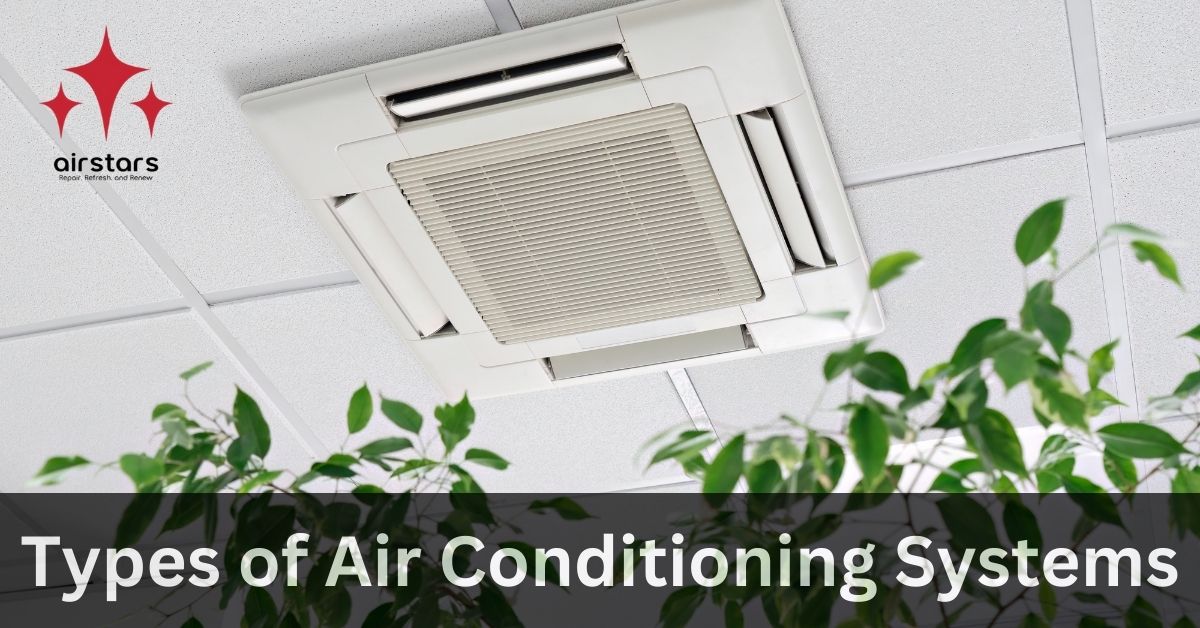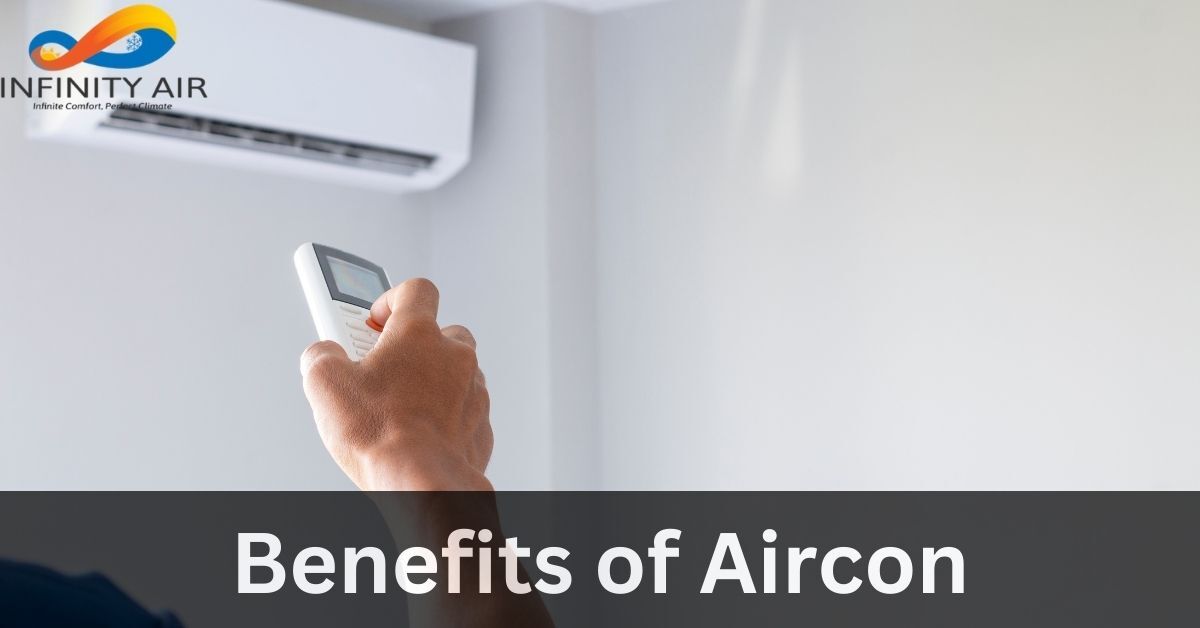A furnace is an essential component of many households, especially during chilly winter months. But have you ever wondered how it works? Furnaces are designed to efficiently heat your home, keeping you and your loved ones cozy and safe. Understanding the inner workings of a furnace can help you make informed decisions about maintenance, repairs, and replacements. In this blog, we’ll explore what a furnace is, how it functions, its key components, and tips for maintaining and extending its lifespan.
What Is a Furnace?
A furnace is a heating device used to warm up residential or commercial spaces. It operates by generating heat and distributing it through a system of ducts or vents. Furnaces can run on various energy sources such as natural gas, propane, oil, or electricity. Gas furnaces are among the most common in the United States, making up around 48% of all heating systems, according to the U.S. Energy Information Administration (EIA).
Furnaces play a pivotal role in ensuring comfort during cold weather and are often a part of larger HVAC (Heating, Ventilation, and Air Conditioning) systems. Their efficiency and reliability depend on proper maintenance and understanding of their working mechanism.
How Does a Furnace Work?
The process of how a furnace works can be broken down into several key steps:
- Thermostat Signals: The operation begins when the thermostat detects that the indoor temperature has dropped below the desired level. This triggers the furnace to start heating.
- Ignition and Combustion: For gas furnaces, the ignition system—either a pilot light or an electronic igniter—lights the gas burners in the combustion chamber. The burning gas generates heat.
- Heat Exchanger Function: The heat exchanger absorbs the heat produced by combustion and transfers it to the air that will circulate throughout your home. Importantly, it prevents combustion gases from mixing with indoor air.
- Blower Activation: A blower fan pushes the heated air through ductwork to reach different areas of your home. At the same time, cooler air from the house is pulled back into the furnace for reheating.
- Exhaust System: The byproducts of combustion, such as carbon monoxide and water vapor, are vented safely outside through a flue or vent pipe.
This entire process is automated and designed for safety and efficiency. Modern furnaces have energy efficiency ratings, such as the Annual Fuel Utilization Efficiency (AFUE), to help homeowners gauge their operating costs.
Statistics:
- Modern gas furnaces have AFUE ratings of 90% or higher, meaning 90% of the fuel is converted into usable heat.
- Energy Star-certified furnaces can save homeowners up to $94 annually compared to standard models.
Components of a Gas Furnace
Gas furnaces are complex systems with multiple components working together to ensure effective heating. Here are the key components:
- Thermostat: Acts as the control center, signaling the furnace to turn on or off based on the desired temperature.
- Burners: Ignite the fuel (usually natural gas) to produce heat.
- Heat Exchanger: Transfers heat from the burning fuel to the air while keeping harmful gases contained.
- Blower Motor: Drives the fan that circulates warm air through the ducts.
- Flue or Vent Pipe: Expels exhaust gases safely out of the building.
- Air Filter: Captures dust, debris, and allergens to keep the air clean and the furnace running efficiently.
Furnace Maintenance, Repair, and Lifespan
1) Maintenance
Routine maintenance is essential for maximizing furnace efficiency and lifespan. Key tasks include:
- Replacing air filters every 1-3 months.
- Cleaning the blower and motor components annually.
- Inspecting the heat exchanger for cracks or damage.
- Scheduling professional tune-ups before the heating season begins.
According to HVAC industry reports, regular maintenance can improve furnace efficiency by up to 15% and reduce the risk of breakdowns by 75%.
2) Repair
Common furnace issues include:
- Ignition problems: Faulty igniters or pilot lights can prevent the furnace from producing heat.
- Blower malfunctions: A broken blower motor may stop warm air from circulating.
- Dirty filters: Clogged filters can restrict airflow, reducing efficiency and increasing wear and tear.
Timely repairs can save homeowners from costly replacements and ensure uninterrupted heating. On average, minor repairs cost between $150 and $400, while major repairs like heat exchanger replacements can exceed $1,000.
3) Lifespan
The average lifespan of a gas furnace is 15 to 20 years. High-efficiency models and well-maintained systems can last even longer. However, frequent repairs or high energy bills may signal it’s time for a replacement.
Conclusion
Furnaces are the backbone of comfortable living in cold climates. Understanding their working mechanism, key components, and maintenance needs can help you make informed decisions to keep your heating system running efficiently.
By investing in regular upkeep and timely repairs, you can extend the lifespan of your furnace and enjoy consistent warmth for years to come. Whether you’re upgrading to a high-efficiency model or maintaining your existing unit, knowledge is your best tool for ensuring optimal performance.
FAQs
How often should I replace my furnace’s air filter?
Replace air filters every 1-3 months, depending on usage and air quality.
What are the signs of a failing furnace?
Unusual noises, inconsistent heating, frequent cycling, and rising energy bills are common indicators.
Can I repair a furnace myself?
While you can perform basic tasks like filter replacement, more complex issues should be handled by a licensed HVAC technician.
How much does a new furnace cost?
The cost ranges from $2,500 to $7,500, including installation, depending on the model and efficiency rating.
What is the difference between a gas furnace and an electric furnace?
Gas furnaces use natural gas or propane for combustion, while electric furnaces rely on electricity to generate heat. Gas furnaces are typically more cost-effective in colder climates.




